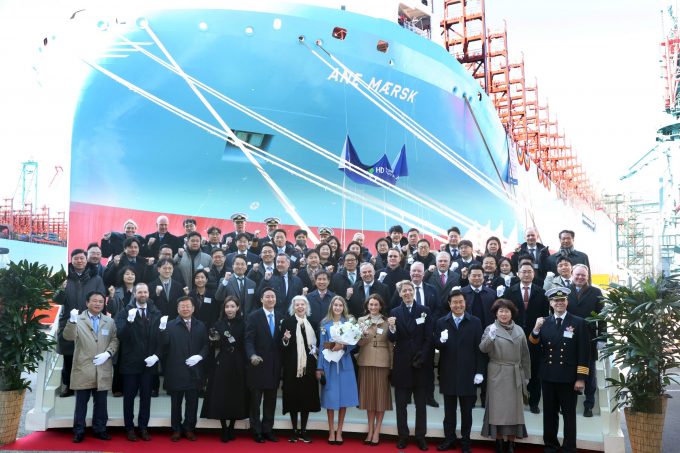As USTR fees loom, Cosco and X-Press Feeders to launch joint services
Cosco’s tie-up with Singapore-based X-Press Feeders could be a strategy to circumvent the US Trade ...

Amid news that Maersk conducted its first ship-to-ship methanol bunkering on the newly delivered Ana Maersk at the weekend, new research finds methanol forging ahead of its alternative fuel competitor, ammonia.
The 16,200 teu Ana Maersk (pictured at its naming ceremony last week) bunkered ship-to-ship at the ...

Comment on this article